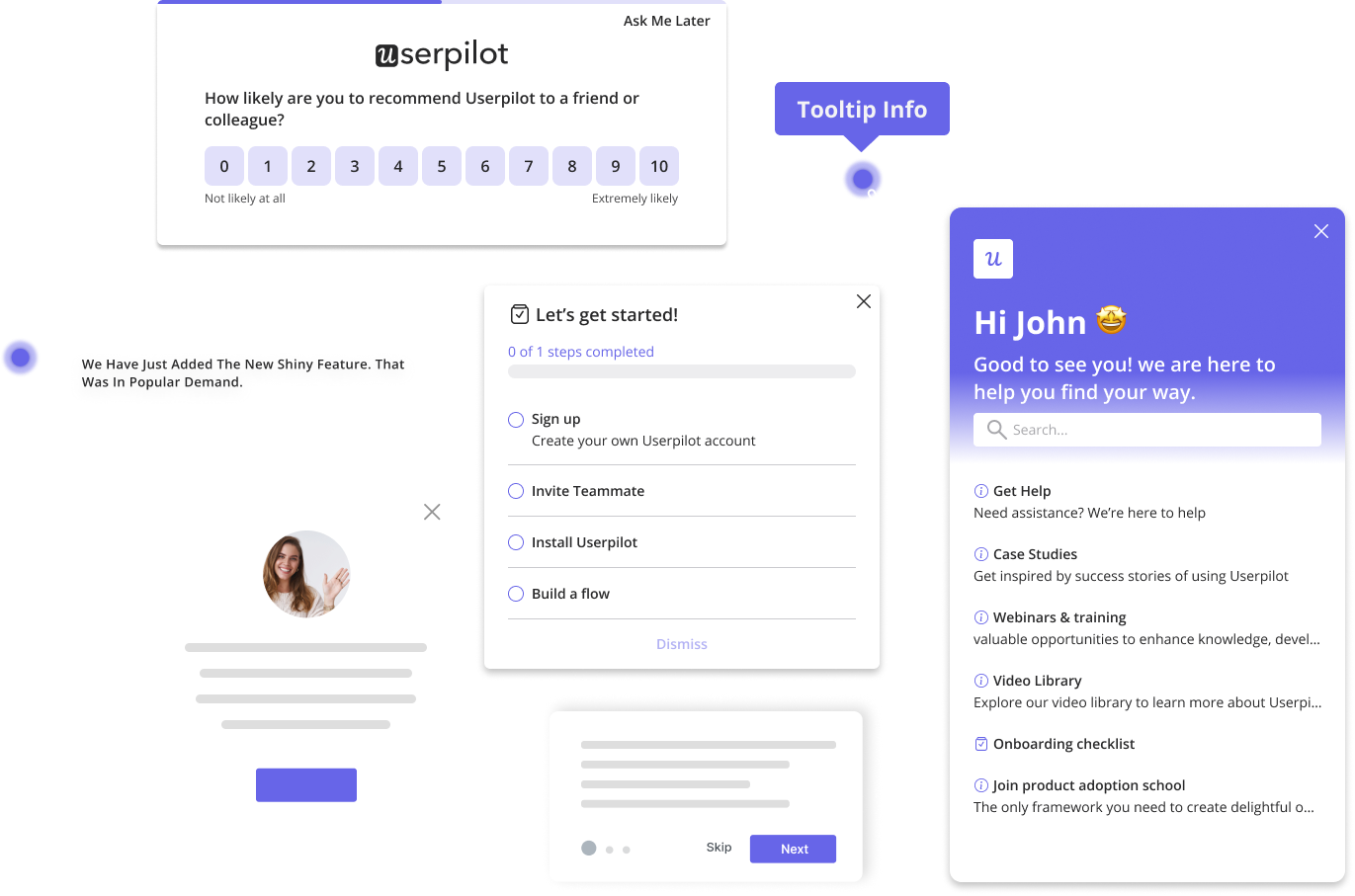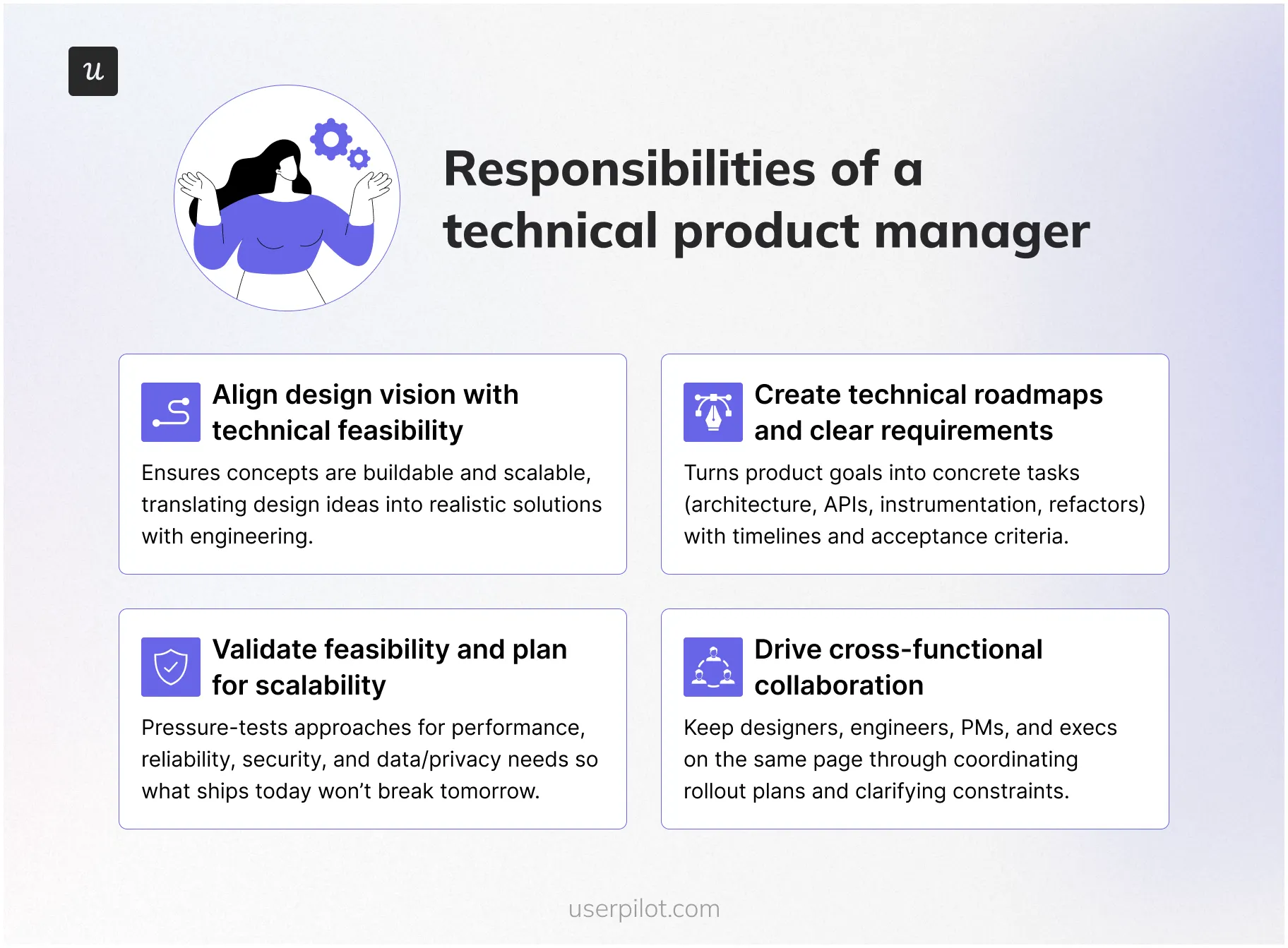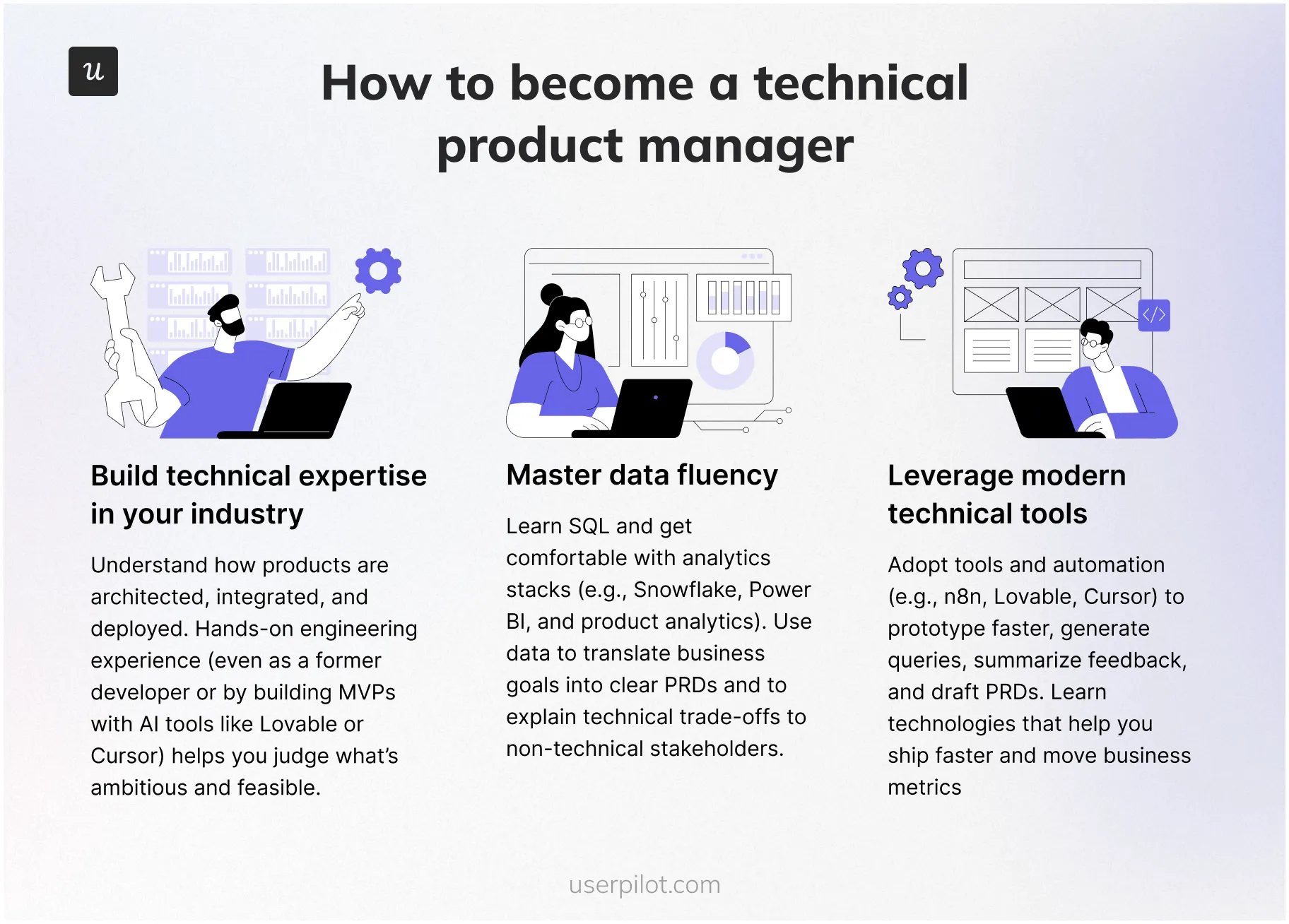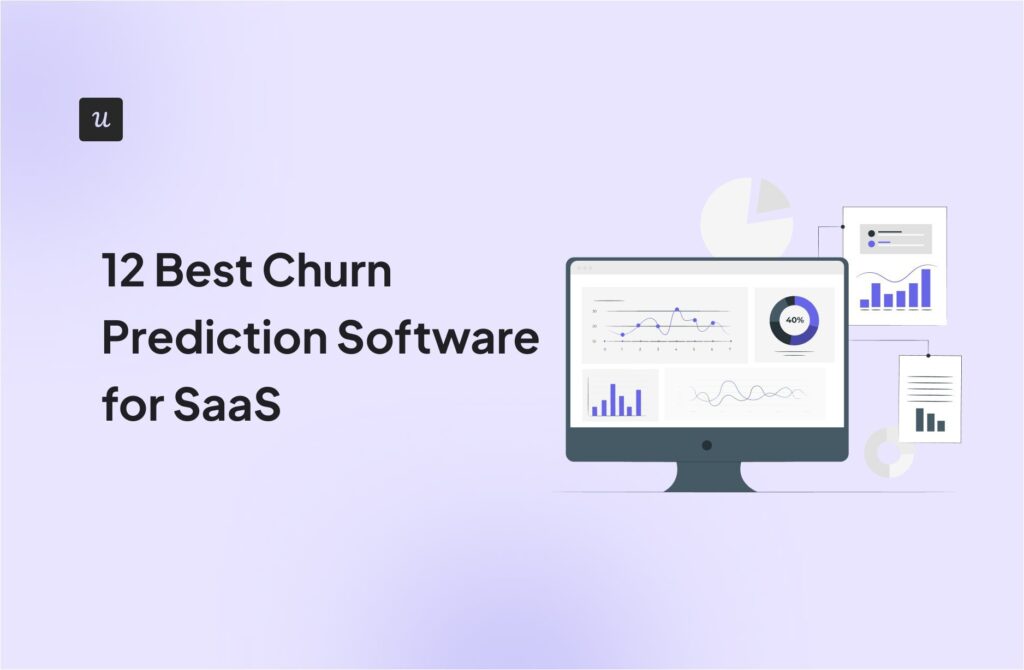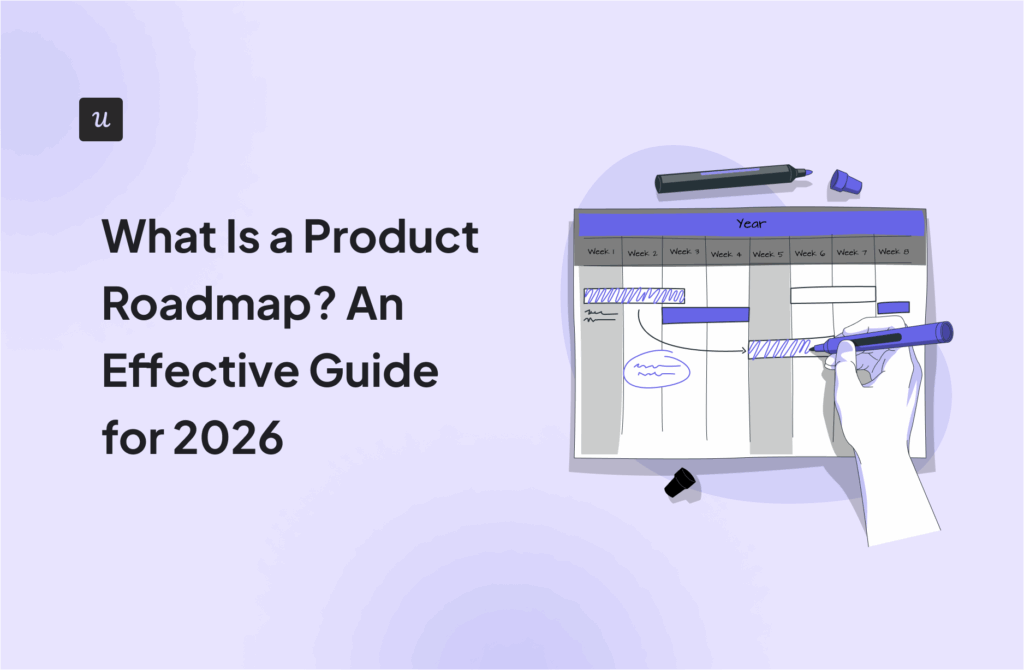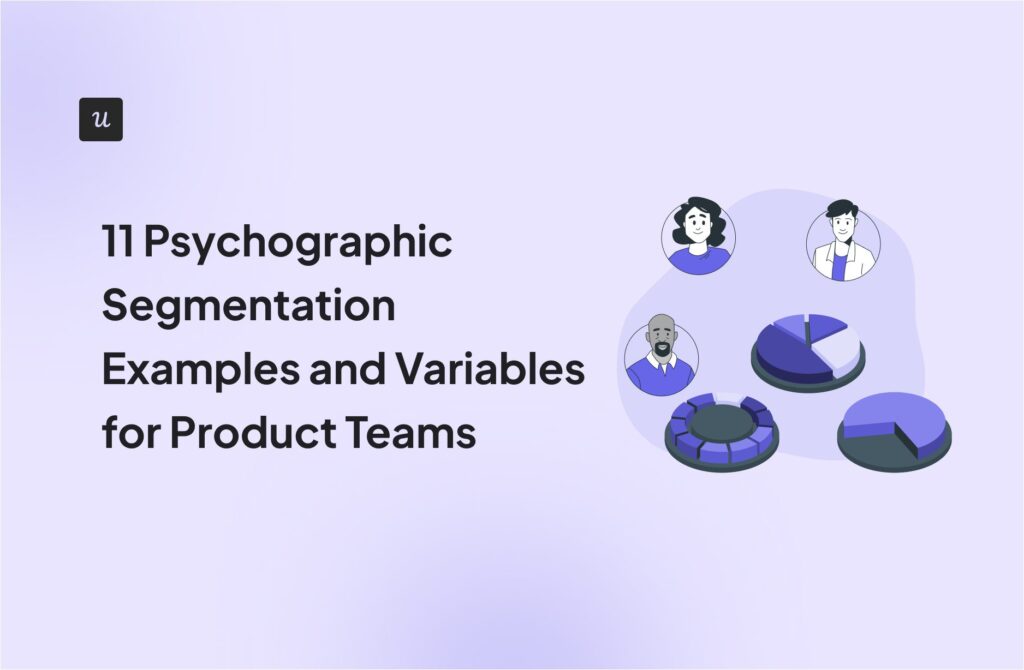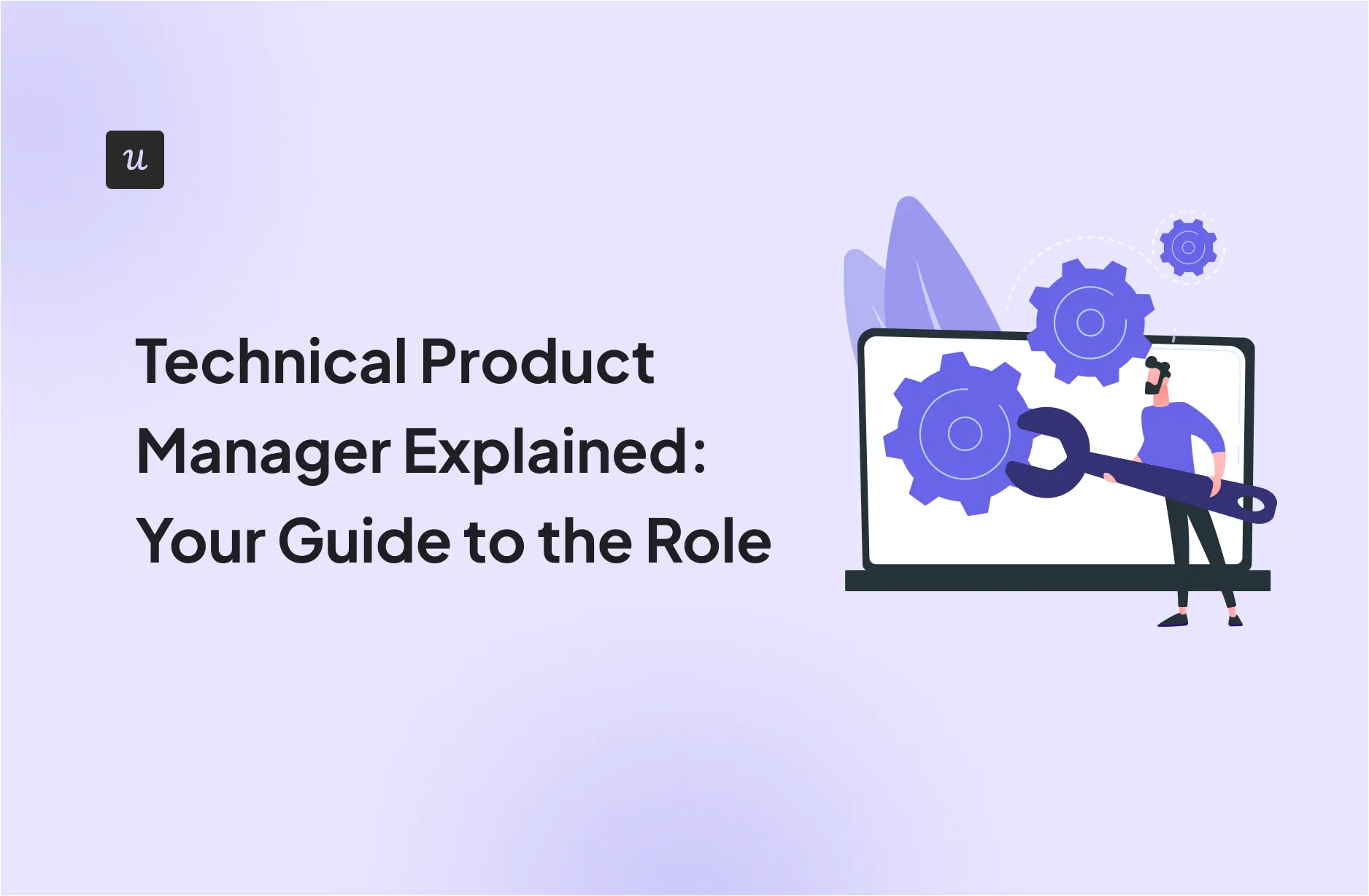
For many, a technical product manager (TPM) is just a glorified engineering manager or a senior engineer doing a PM’s work.
But as I started working with a TPM myself, I’ve developed a solid sense of what this role can really do for a product team. Besides writing product requirements documents (PRDs), they’re capable of creating technical roadmaps that align with ambitious product visions, achieve business KPIs, and make engineers more effective.
So let’s explore what technical product management really is, their responsibilities, and how they differ from regular PMs.
As a technical product manager, what’s your biggest challenge right now?
How do you currently gather user feedback to inform your technical roadmap?
When launching a new feature, what’s your primary goal?
Userpilot: The Essential Platform for Every Technical Product Manager’s Success
Stop guessing and start building products your users love. See how Userpilot can help you drive activation, adoption, and gather contextual feedback—no code required.
Try Userpilot Now
See Why 1,000+ Teams Choose Userpilot

What is a technical product manager?
Is a technical product manager (TPM) just a regular PM with a fancy title?
A traditional product manager focuses on defining the problem and the market opportunity (the “what” and “why”). A technical product manager works closely with the engineering team to manage products with significant technical depth and ensure technical feasibility.
A TPM also needs foundational product management skills (i.e., understanding user needs, crafting a compelling vision, and driving product strategy), but they layer on a deep technical understanding. They ask the tough questions about architecture, system performance, and integration complexities when product ideas come up.
In short, it’s a specialized product management role for products built on data science, AI/machine learning/LLMs, API as a service, or developer platforms.
What is the difference between a technical product manager and a product manager?
The bitter truth is that a technical product management role heavily depends on the company’s structure and the technical nature of the product. So there’s no official “job description” for it.
But at its core, while a regular PM follows GTM strategies, technical product managers focus on the technical aspects of a product, analyze its technological requirements, and assess the roadmap’s viability (and technical risks). The technical aspects could involve customer-facing APIs, developer experience, SDKs, integration platforms, technical roadmaps, and so on.
And depending on the technical level of the product (i.e., products or features for developers), the TPM can either collaborate with a PM or be responsible for the whole product (they might even implement internal and customer training on how to use the product).
How “technical” is a technical product manager?
The technical product manager role will vary from company to company, and so will the technical skills.
In general, TPMs should have enough knowledge to understand the mechanisms and the technologies behind a product. This means they should be able to discuss technical requirements, communicate with engineers, and understand the developer experience. They don’t necessarily write production code, but they should grasp how the system works end-to-end.
In B2B SaaS, however, a TPM will likely have:
- Experience with HTTP.
- Knowledge about REST APIs (i.e., learning how to read API docs).
- Data structures and dot notation skills (SQL for data analysis).
- General system architecture patterns (knowing the difference between a client-side vs server-side operation, what a database is, how cloud hosting works, etc.)
- Deep understanding of how web/mobile apps are built and common practices.
- Reading sequence diagrams, basic block diagrams, and flowcharts.
- Experience with front-end (HTML, CSS, and JavaScript) and back-end coding (PHP, Python, etc).
- Technical know-how for implementing AI into a product.
What are the responsibilities of a technical product manager?
Although there’s a lot of overlap with a regular PM’s role, technical product managers’ responsibilities also hinge on their technical knowledge, including:
1. Strategically aligning design vision with technical feasibility
Our TPM has been indispensable for my design team.
You see, we pour our souls into creating a seamless product experience that makes complex features feel simple and natural. But a beautiful design means nothing if the underlying technology can’t support it, or if its implementation creates user friction.
Here’s when our TPM ensures that our design vision aligns with what’s technically possible and scalable. For instance, if we design an advanced AI-powered onboarding flow, the TPM works with engineers to break down the technical requirements and the resources needed. Then, he’ll give us feedback about how the feature would look in reality, based on technical limitations.
Without this collaboration, our team would be making promises we can’t deliver, and devs would go through immense headaches during production.
2. Crafting technical roadmaps and defining granular requirements
Just as we define a UX roadmap for our user experience initiatives, TPMs are instrumental in crafting the technical roadmap. They translate high-level product roadmaps into concrete processes, ensuring that product requirements are strategically aligned, unambiguous, and under a realistic timeline.
This means getting familiar with the system’s architecture, anticipating potential technical challenges (e.g., scheduling a refactoring of a module in the roadmap if an upcoming feature will otherwise strain a fragile piece of code), and prioritizing backend work when implementing user-facing features.
For example, if my team proposes an interactive demo feature, the technical PM will immediately consider what systems we need to support it and how to instrument data to track performance. As a result, the TPM will create a technical roadmap with requirements such as instrumentation needs, API updates, performance optimizations, integrations, and so on.
3. Guaranteeing product feasibility and future scalability
A significant part of a technical product manager’s job is being a reality check. They’ll ask questions such as “will this approach still hold up if our user traffic doubles next year?” or “can our system handle a customer pushing 100k events per hour through this integration?”
This involves close collaboration with technical teams to review technical specifications, architecture plans, and even security considerations. So if there’s a concern (e.g., a proposed feature might slow down the app or conflict with data privacy requirements), the TPM will communicate that early and steer the team toward a potential solution.
For example, when we consider new in-app experiences, like interactive user guides or complex user onboarding flows, the TPM helps evaluate the technical lift. This often means working with SDKs/APIs, understanding the nuances of implementation, and helping the team avoid overengineering. In the end, he ensures that what we build today won’t break tomorrow as our user base grows.
4. Cultivating seamless cross-functional collaboration
The TPM acts as a translator between internal teams. While I collaborate closely with product management, engineering, and marketing teams, the TPM’s interactions with the development team are particularly deep. They speak both devs’ and executives’ language to create a stronger collaboration and ensure projects align with the business strategy while meeting technical requirements.
For instance, if we plan a new feature release, the TPM is coordinating with engineering on the actual rollout, while also ensuring design teams understand technical constraints. They are key to ensuring successful Agile release planning and ensuring smooth communication across the entire development lifecycle.
What skills do you need to become a technical product manager?
A TPM can have a very large skillset. Meaning there’s no official list of skills that will grant you a position in this role.
However, if I had to list the 3 most high-leverage skills in technical PMs (omitting obvious non-exclusive ones like “communication skills”, “critical thinking”, “business acumen”, or “project management”), it would be these:
- AI software development: Most TPMs have a solid understanding of product development processes, system architecture, and the technologies relevant to their product. But now, a TPM benefits a lot from building MVPs with AI quickly. This lets them send a prototype to design to polish the UX and then hand it over to engineering to develop products fast.
- Data-driven strategic thinking: Besides being proficient with SQL and Power BI, good TPMs use data to guide product decisions and drive action. They should be able to build products based on data/feedback, analyze system performance, and instrument events to track product usage.
- GTM strategy: Great TPMs are not just senior engineers doing a PM’s job. They shouldn’t just know how to build a product, but also how to identify a customer’s needs, price products, navigate the product life cycle, and nail its positioning. Basically, TPMs must understand the whole process of bringing a product to a market and achieving PMF.
I wouldn’t say these skills are a hard requirement for every TPM position. But, I believe the best TPMs (i.e., those who can build fast and meet business KPIs) should master them.
How to become a technical product manager?
If you’re thinking about becoming a tech product manager (or you’re already in the role and want to excel), here’s what I believe are the most important steps:
1. Build technical expertise in your product industry
Any junior or senior product manager must understand the technical qualities of a product in its industry.
But as a TPM, you must also build a strong technical background. This is to ensure you understand engineering principles, such as the whole development process, product architectures, integrations, and infrastructures. And as a result, develop an instinct for product ideas that are both ambitious and feasible.
What I’d highly recommend is to get experience as a software developer. This will give you first-hand experience of what it feels like to work with a PM, what a good product requirements document (PRD) looks like, and how products are built.
And although a technical degree like computer science is very helpful, it’s not 100% needed in the tech world. If you’re coming from a non-technical position, invest yourself in the software engineering ecosystem, learn to code if possible, and start building MVPs from scratch with AI. You must show that you have technical skills relevant to your industry.
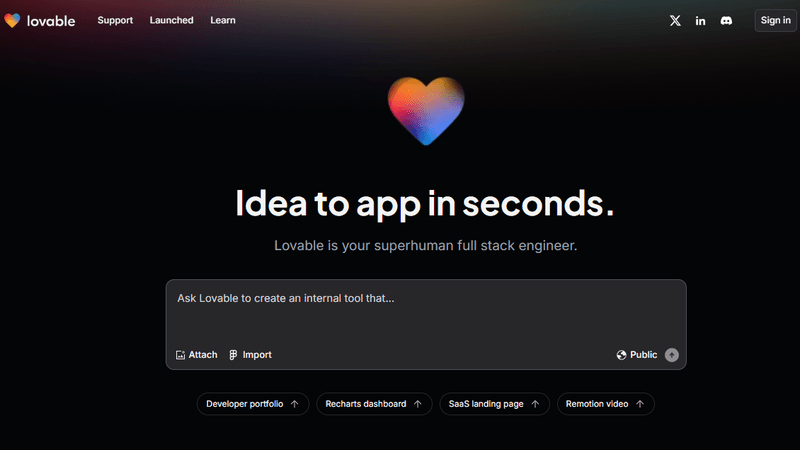
2. Master data fluency for better communication with the engineering team
Besides having technical acumen, TPMs must also demonstrate data fluency.
This means learning SQL and getting familiar with platforms like Snowflake and Power BI (there are courses for these). Also using product analytics tools (like Userpilot’s) to learn how to analyze user journeys, spot friction, and instrument in-app events.
Plus, besides providing actionable insights, becoming data fluent is also essential to act as a bridge between leadership and engineers. It will let you turn vague business requirements into granular PRDs that engineers can follow, as well as explain technical constraints to business stakeholders in a benefit-oriented language.
3. Leverage technical solutions
Most importantly, good technical product managers must be motivated to learn new technologies to their benefit. They shouldn’t hesitate to adopt new tools, learn new coding languages, or let go of technologies that no longer serve them.
I don’t mean just learning for the sake of learning. I mean learning to leverage technologies to ship features faster, spend more time on strategy, and increase business KPIs.
For instance, this is especially true today with AI tools like n8n, Lovable, or Cursor. So instead of using ChatGPT to write emails, AI-driven TPMs use these tools to:
- Create product mockups faster.
- Write SQL queries in an instant.
- Build product prototypes in a week.
- Summarize customer feedback.
- Visualize data from an Excel sheet.
- Draft PRDs and focus on the technical details.
- Conduct market research to analyze the competitive landscape, market gaps, and market trends.
In short, rather than learning something because of others’ expectations, a great TPM adopts technologies to achieve business objectives.
Enabling technical product managers to scale products!
As I’ve explained, technical product managers are not just PMs with coding skills. TPMs make design ideas feasible, build cross-functional teams, and create technical roadmaps to build products that meet market demands.
However, no matter how technical a PM is, spending too much time collecting data leads to paralysis and lost momentum. So if you need a platform that can give you ready-to-use data to analyze user journeys, book a Userpilot demo to start collecting event data automatically and validate decisions fast!

